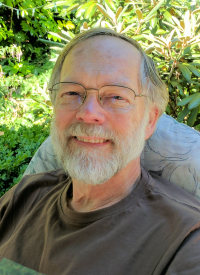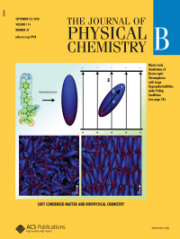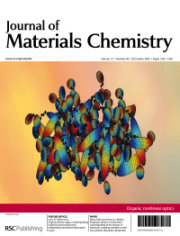Dr. Robinson is an experimental and theoretical materials chemist in the Department of Chemistry at the University of Washington.

Our group designs new molecules that significantly increase electro-optic (EO) activity for use in the next generation of computers and communication devices.
We use the tools of theoretical physical chemistry to design new organic-based molecules which will fuel the revolution in device technology. To achieve the molecular design, we utilize complex modeling theory and develop software to allow us to theoretically test these molecules for their electro-optic activity. Working with organic chemists, we then synthesize and test the materials' actual EO properties. These specially designed molecules are then given to engineering groups to include in on-chip, nanoscale devices. Our new molecules provide a mechanism for the coupling between the computer chip computations and the outside world via an optical connection, creating faster and more energy efficient communication.
Researchers in our group have a background in materials chemistry and specialize in either organic materials or physical and theoretical characterization of organic molecules. We are looking for postdoctoral researchers in a variety of areas to join our work; please see my Colleagues/Group page for more information.
As an example of our modeling work, the movie (to the right) showing molecular motion is generated using modeling software that our group has developed to simulate molecular interactions using coarse grain force fields derived from (and faithfully reproducing) all-atom force fields. The stacking (which occurs with liquid crystalline like materials) is reproduced with these simplified interactions. The simulations are an important component in assessing how well the molecules will align in the presence of an electric poling field. These simulations guide us in developing better molecules, allowing us to evaluate hundreds of designs before working directly with organic chemists to synthesize them.
A Coarse Grained Monte Carlo simulation of a Molecular System of liquid crystalline molecules as a bulk material. The stacking of the molecules in the center is characteristic of the order seen macroscopically of liquid crystal systems. The bulk nature of the material is duplicated by the theoretical technique of re-entrant boundary conditions.
Journal Cover Art by Prof. Robinson's Group




